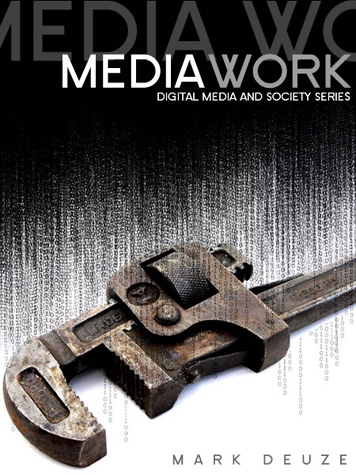PERSONALIZED JOURNALISM: THE USE OF CHATBOTS BY RUSSIAN MEDIA
The Internet is not a vending machine in which you throw a coin and then get what you want (Lovink, 2018). But what if it is? One of the trends that appeared in late 2015 was the development of...



















